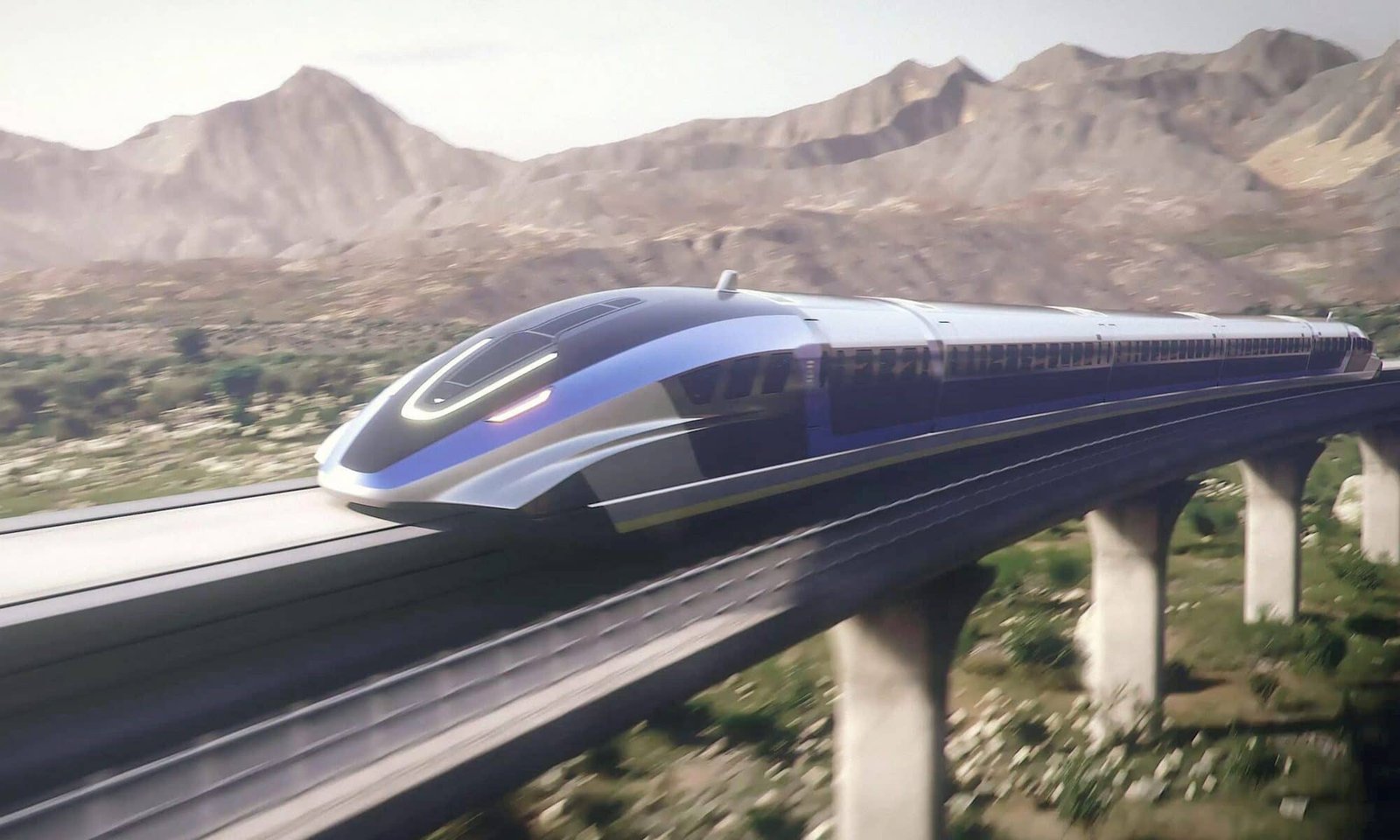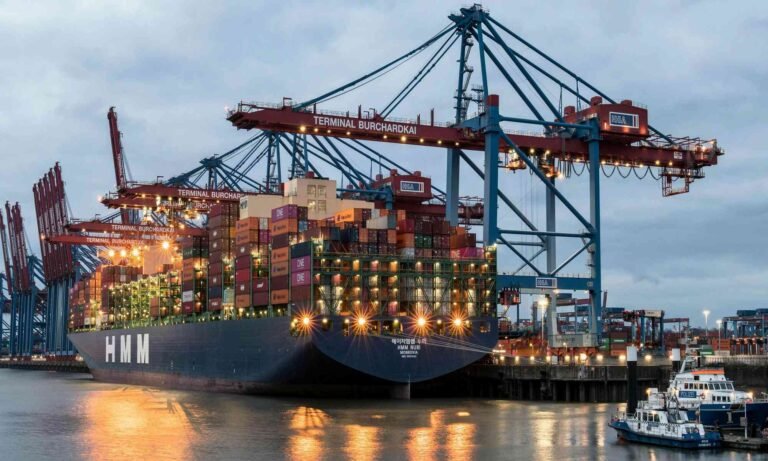Free Public Transport
Free public transport refers to transportation services that do not require passengers to pay a fare for usage. This initiative has gained traction in various cities across the globe, promoting accessibility and encouraging the use of public transport systems. The implementation of free public transport can take different forms, including completely fare-less systems or the introduction of free travel on specific days or during certain hours. The core objective remains the same: to enhance mobility while minimizing financial barriers for users.
States and municipalities may implement these systems for several reasons. One primary rationale is to promote equity by making transportation accessible to all, especially those in low-income brackets who may face financial strain when using traditional fare-based transport systems. Furthermore, free public transport can encourage greater use of public transport as a sustainable alternative to personal vehicles, thus contributing to decreased urban congestion and improved air quality. Supporters argue that funding can be sourced from local taxes or by reallocating budgets from less effective urban projects.
The Advantages
The implementation of free public transport has garnered attention as a potentially transformative initiative for urban environments, exhibiting numerous advantages that can positively impact Our Society and the economy.
- One of the most significant benefits is the reduction of traffic congestion. By providing free access to public transport, individuals are incentivized to opt for buses and trains over private vehicles. This shift can result in fewer cars on the road, lessening the burden on urban infrastructure and contributing to a smoother flow of traffic.
- Additionally, free public transport plays a crucial role in reducing pollution levels. With fewer private vehicles commuting, emissions of harmful gases and particulates decrease significantly. Improved air quality benefits public health, particularly in densely populated areas where air pollution from cars has been linked to respiratory issues and other health problems. Furthermore, cities adopting free transport schemes often witness a positive shift in public perception regarding communal transport, encouraging broader acceptance and usage.
- Accessibility is another critical advantage of offering free public transport. Low-income individuals and families traditionally face financial barriers that limit their ability to utilize public transit systems. By eliminating fare costs, free public transport initiatives ensure that these individuals can access education, employment, and essential services with greater ease, thereby improving quality of life and fostering social equity.
- The economic implications of free public transport are also noteworthy. By stimulating local economies, these initiatives encourage residents to explore their communities, support local businesses, and partake in various recreational activities without the constraints of transport costs. Case studies from cities like Tallinn, Estonia, and Dunkirk, France, demonstrate how free public transport not only enhances mobility but also revitalizes urban areas, making them more vibrant and inclusive.
The Challenges and Drawbacks
The implementation of free public transport systems presents a variety of substantial challenges and drawbacks.
- One major concern lies in the sustainability of funding. While the elimination of fares may increase ridership, it also necessitates a reliable source of funding for maintenance and operational costs. Governments may need to reallocate funds from other essential services, potentially leading to budget strains in various sectors.
- Further complicating the situation is the risk of overcrowding. Free transport could lead to an influx of riders, overwhelming existing infrastructure and resources. This surge in demand may result in longer wait times, increased congestion, and ultimately, a decline in the overall quality of service. Passengers could find themselves in overcrowded vehicles that detract from their travel experience, leading to dissatisfaction and a potential reduction in ridership over time if conditions do not improve.
- Another consideration is the potential impact on public transport workers. With decreased fare revenues, there may be pressure to cut costs. This could translate into layoffs or reduced job security for drivers and support staff, raising serious concerns about job stability and working conditions in an industry that already faces challenges. Moreover, diminished service quality resulting from budget constraints may lead to increased frustration among workers and passengers alike.
Different regions may encounter unique obstacles based on their specific social and economic contexts. Urban areas with high population density might experience varying degrees of success with free transport compared to rural regions, where the demand may not justify the system’s sustainability. Addressing these challenges requires a thorough examination of localized societal needs and available resources.
Some Examples Globally
Throughout the world, various cities have embraced the concept of free public transport systems as a strategy to enhance mobility and promote sustainable urban development.
Luxembourg: The Pioneer of Free Public Transport
Luxembourg stands out as a prime example of a nation-wide free public transport system, having implemented this groundbreaking policy in March 2020. This decision marked a significant shift in transportation policy and demonstrated the country’s dedication to innovative solutions for urban mobility. By making all forms of public transport, including trams, buses, and trains, free of charge for both residents and visitors, Luxembourg aimed to improve accessibility and reduce traffic congestion in its capital and surrounding areas.
The rationale behind the introduction of free public transport was multifaceted. One of the primary goals was to encourage more individuals to opt for public transportation over private vehicles, which could ultimately lead to a decrease in road traffic and lower carbon emissions. This initiative aligns with Luxembourg’s commitment to sustainability and urban planning, contributing to its objective of becoming a greener nation. Furthermore, the free system aims to foster social inclusion, allowing everyone, regardless of income, to access public transport without the financial burden of fares.
Since this initiative’s launch, ridership statistics have demonstrated promising outcomes. Reports indicate that the usage of public transport has significantly increased, with many commuters embracing the changes. Government support has been crucial in maintaining infrastructure and service standards, enabling an efficient and reliable transport system. Additionally, efforts to promote the availability of free public transport have included extensive communication campaigns, effectively educating the public on the benefits and accessibility of this service.
Overall, Luxembourg’s pioneering approach to free public transport serves as a compelling case study for other nations considering similar initiatives. By prioritizing sustainability, accessibility, and community engagement, Luxembourg’s model exemplifies how public transport can become a vital tool for urban development and social cohesion.
- A further notable example is Tallinn, the capital of Estonia, which became the first capital to eliminate public transport fees in 2013. The primary objective of this initiative was to encourage residents to use public transport more frequently, thereby alleviating traffic congestion and reducing pollution levels. Since the implementation, Tallinn has reported an increase in public transport usage, which positively influences social inclusion and improves the quality of life for its citizens.
- In France, the city of Dunkirk introduced a free public transport system in 2018, allowing passengers to use buses, trams, and ferries at no cost. The rationale behind this move was to tackle the area’s significant environmental challenges and encourage people to opt for public transport over private vehicles. Following the initiative, Dunkirk witnessed a notable rise in ridership, which contributed to reduced traffic and emissions. However, challenges remain, including financial sustainability and the need for continued investment in infrastructure to maintain service quality.
- As of October 1, 2022, Malta made its public transport free on most routes for residents. The implementation of Malta’s free public transport system is straightforward. Residents and tourists can avail of the service by simply using a special card that allows unlimited rides across the entire network. The ease of access to buses helps in boosting public transport use, making it an appealing alternative to traditional travel methods.
- The Free Hanseatic City of Bremen in Germany has pioneered free transport options to promote sustainable mobility and reduce traffic congestion. Several German cities, including Hamburg and Stuttgart, are testing free public transport on a large scale. These trials aim to evaluate the social and environmental effects of free access to buses, trams, and trains. Proponents argue that such measures would alleviate financial burdens on citizens and encourage greater use of public transport over private vehicles, leading to reduced carbon emissions and improved air quality.
- Another significant instance can be found in Chengdu, China, where several lines of the metro system have been made free for specific demographics, including students and the elderly. This approach aims to promote social equity and elevate the accessibility of public transit for underserved communities. Nevertheless, the city faces challenges related to over-reliance on public transport by these groups, leading to overcrowding during peak times and necessitating careful management of capacity.
These examples illustrate the diversity of strategies employed across different cities to facilitate free public transport systems. While positive outcomes can be observed in terms of increased public transit usage and improved urban environments, each city also faces unique hurdles that must be addressed to ensure the success and sustainability of such initiatives.
The Future: Is Free the Way to Go?
As urbanization grows, the future of public transport is under scrutiny. A key debate is whether free public transport can sustainably address urban transit challenges. Cities are experimenting with various models to integrate free services while ensuring financial viability.
Recent trends focus on making public transport more accessible to reduce traffic congestion and emissions. Free public transport could shift users from private vehicles to communal transit, reducing pollution and easing infrastructure strain. However, alternative funding mechanisms are needed for sustainability, such as partnerships with businesses, advertising, or tax allocations.
Opinions on free public transport’s success vary. While it can increase ridership, concerns about maintenance, service quality, and economic sustainability remain. Hybrid models combining free transport with innovative funding sources may ensure robust public transport without compromising quality. The viability of free public transport depends on comprehensive policies, community support, and adaptability. This conversation will shape future urban landscapes.
“For every $1 billion we invest in public transportation, we create 30,000 jobs, save thousands of dollars a year for each commuter, and dramatically cut greenhouse gas emissions.”
– Bernie Sanders
“For every $1 billion we invest in public transportation…” – but wait: Who is “we”? Government ownership of public transport systems is common. This model ensures accountability to the public and typically provides stable funding through taxation – So, “we” is actually “you” (who pays for public transportation – and then pays again to use it). Local, state, and federal governments often allocate budgets to maintain and expand transportation services. This can lead to consistent service quality and equitable access for all citizens.
What’s More
The posts in My Blog feature reflective, story-driven pieces rooted in personal and societal insights.
The topics in My Interests explore abstract, philosophical ideas and their cultural and societal impact.
















